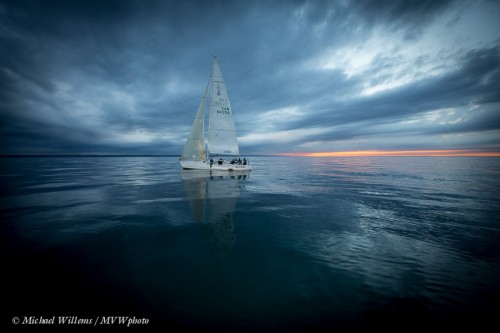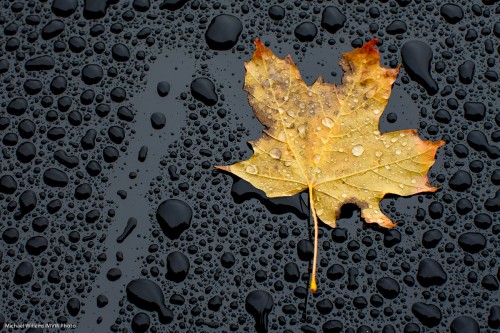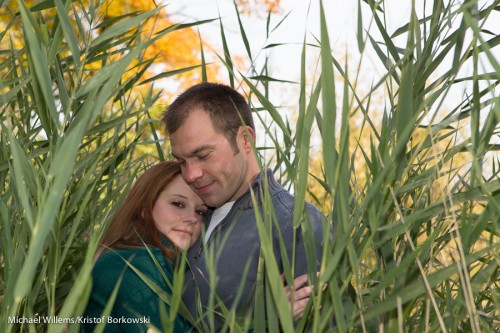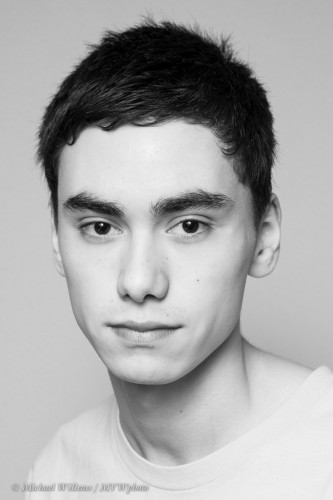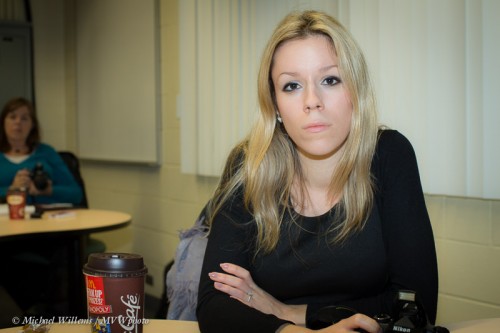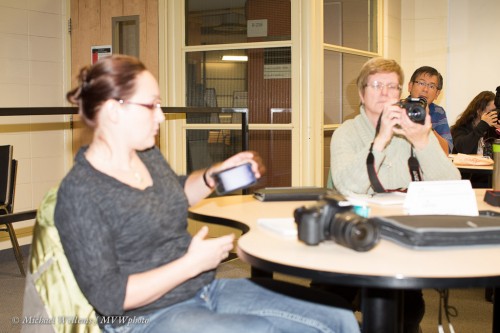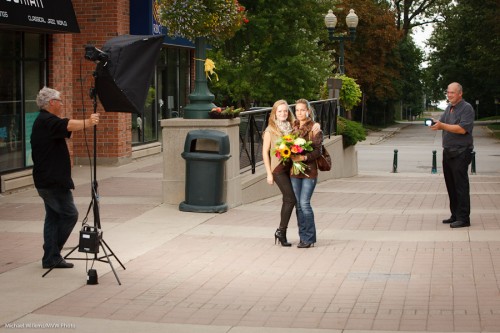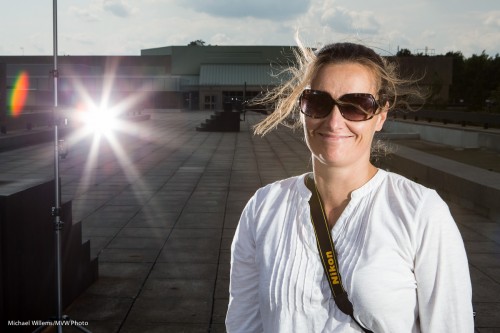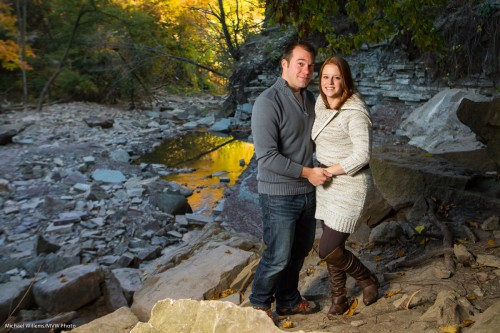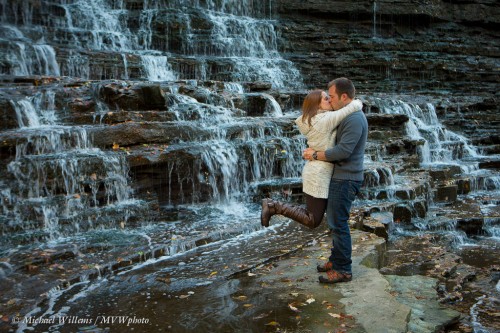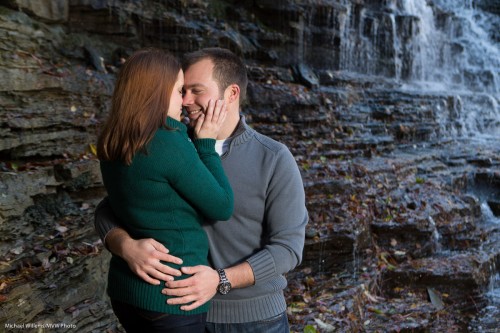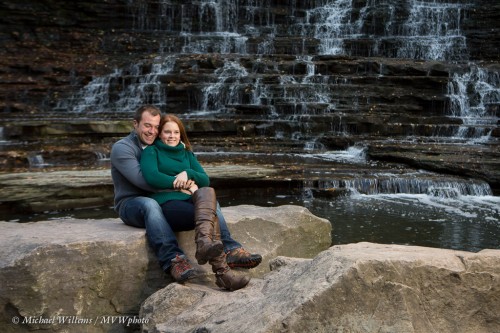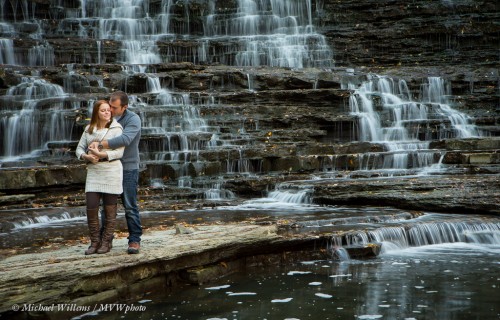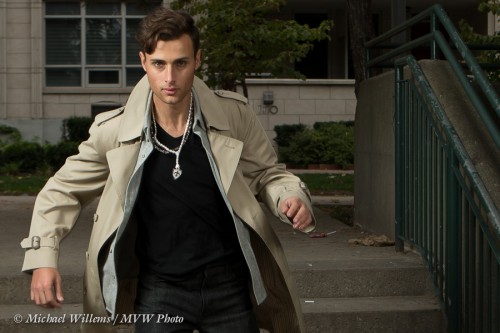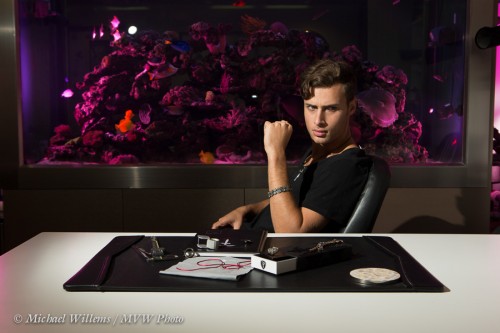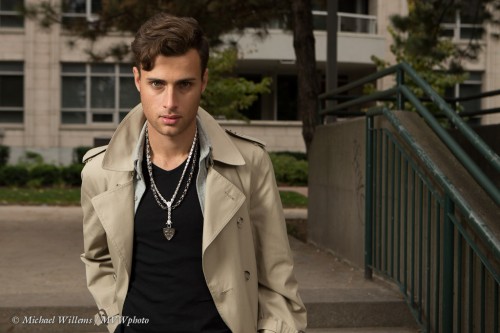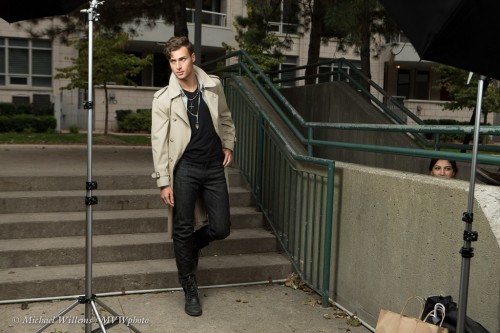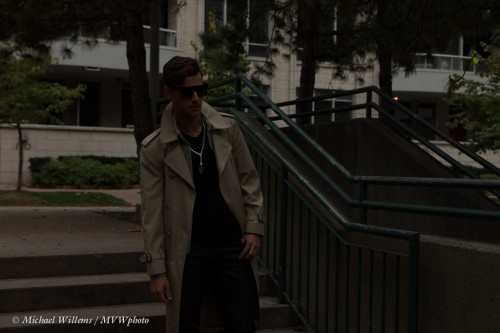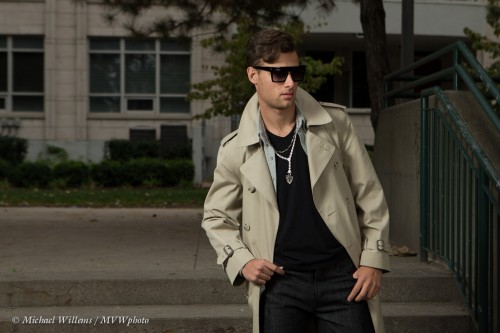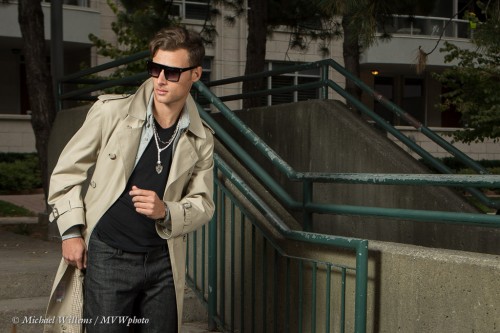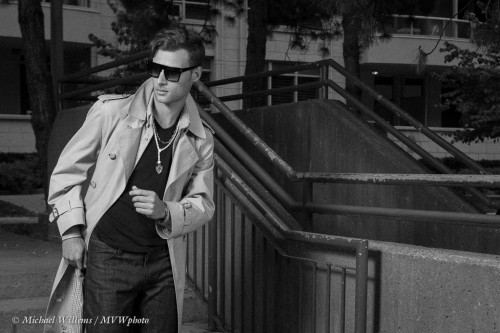Say you do a shoot. Say, you set up lights, have a model or setting, and spend a few hours shooting, and you end up with 300 images.
The question? How many are good when a pro is shooting?
The answer is: it depends on the shoot. Sometimes I make 4 exposures and 3 are great. But typically, I take as many angles as I can, which results in a few hundred images.
I then rate them:
- One star: technically lousy
- Two stars: technically passable but not a great shot
- Three stars: suitable for sharing with client
- Four stars: Great shot in this shoot
- Five stars: Portfolio shot
You may be surprised that for me, a typical shoot has something like 300 shots, of which:
- One star: 3 shots
- Two stars: 35 shots
- Three Stars: 230 shots
- Four stars: 30 shots
- Five stars: zero to two shots
So while almost all shots are technically good and most are also suitable for going to the client, fewer are great shots and I am delighted if one or two are portfolio shots.
So do not feel discouraged if you do not get 150 great killer shots out of every shoot. I tend to share many shots as you all know, but most photographers only share their very very best only. You may be better than you think!

